Sibling rivalry has been an issue since humans first walked the earth. Which makes it arguably the oldest parenting problem of all.
But are parents wasting their time trying to ‘stop’ sibling rivalry?
That is the view of bestselling author and sibling rivalry expert Linda Blair.
A clinical psychologist since 1980, she writes a weekly column for the Daily Telegraph, Mind Healing. She is also a regular contributor to The Times and The Guardian.
In 2017 she published ‘Siblings: A Parenting Guide to Managing Sibling Rivalry and Raising Happy Children’. She has also written ‘Birth Order’, which looks at how your birth order position, as well as the spacing between you and your siblings and the sex of your siblings, impact your childhood, your adult life and your relationships.
Perhaps as importantly, she is herself one of six children, and has three children and three stepchildren of her own.
She sat down with the P&J to talk about the ups and downs of sibling rivalry, how it makes us better people, and how parents can handle it at home.
No better training ground for social skills than siblings
“What I do is teach people how to use sibling rivalry to help their kids become more socially skilled,” said Linda.
“If you look at the titles of many of the books on sibling rivalry, what you see is ‘how to get rid of sibling rivalry forever’, ‘how not to have sibling rivalry’. It should be about how to use sibling rivalry to enhance your social abilities.”
She added: “There is no better training ground for social skills than siblings, so parents need to embrace the sibling rivalry.
“This is how you teach kids to compromise. Getting on with people you don’t like, getting on with people who want the same thing you do at the same time.
“Psychologists know from research that your social skills are more closely allied to success in many walks of life – happiness, career, even how much you earn – than your IQ or qualifications.”
When things get heated
So much for the benefits of growing up with siblings. But it’s hard to think of future happiness when your kids are going at it hammer and tongs at home.
It’s a lucky parent who doesn’t have issues with sibling rivalry at some point. So what’s the best way to approach it when things get heated?
“Strong emotions cause illogical, regrettable behaviours, so you don’t want to act in the height of emotions, other than to make sure everybody’s safe.
“I mean sometimes you do have to separate them if they’re really going at each other.
“But you have to not try to change anything when they’re intense. Everybody has to calm down. You start at a time when everybody’s feeling back in control.”
Teaching empathy and flexibility
So the first thing is to inject some calm into the situation. Linda has a technique for this.
She also has a technique for the next part, which is teaching your child perhaps the most important social skill of all: empathy.
“Take 10 deep breaths, breathing in through your nose and out through your mouth, while focusing on an object. It could be a stone or a twig or a toy. They’ll soon associate that object with calming down fast.
“When the kids are going at each other you say, ‘alright, stop. Everybody, go get your object, I want your 10 breaths, then you can come back.’
“When they return, you have to ask two questions of each of the kids involved.
“What do you think was happening and how did you feel? And if they’re old enough, say four or older, ‘What do you think your brother or sister was feeling?’
‘Most parents say, ‘I haven’t got time for this”
“What you’re teaching is something they can’t do very well until they’re about six or seven – but you can start introducing it – and that’s to show empathy, which is the cornerstone of all social skills. Putting yourself in the other person’s shoes.
“Once you’ve done that, you teach the second most important emotional social skill, which is flexibility. And the ability to compromise.
“Ask each of them to think of two answers to the problem. So you’re teaching them that there’s more than one way to solve this, and we’re going to hear all four answers.
“Don’t judge, just say ‘those are all good.’ And you suggest a compromise.
“Most parents look at me and say ‘I haven’t got time for this, you think I’m going to do this all day?’
“But you don’t have to do it that many times. You just say ‘off to your rooms’. Then they can come back and sort it out.
“But they’re calm, they’re thinking flexibly, and they’re thinking from the other person’s point of view as well as their own.
“You don’t always end up with the happiest of compromises. But you end up with a compromise, and what you most importantly end up with is more skill.”
Dealing with sibling rivalry – the short version
And if dealing with sibling rivalry at home can be boiled down into three simple steps?
“Number one: behave in your own interactions with other people as you hope they will in their interactions with their sibling. That’s the most important of all.
“Number two: do not prejudge the argument. Allow the children their say and their attempts at taking viewpoints of others.
“And number three: always be as calm as you can before the intervention starts.”
From worst of enemies to best of friends
Linda’s message is essentially that if you can get through the worst of sibling rivalry, on the other side lies a close relationship later in life.
Indeed, sometimes it’s the siblings who fight the most as kids who become closest as adults.
“If you have kids close together in age and the same gender, you’re more likely to have to work harder, because they’re more likely to show rivalry,” said Linda.
“The pay-off is that the more intense the emotions between siblings when they’re young, the more likely it is that they will continue to have intense emotions, but probably positive ones, when they’re older.
“So although they may fight like cats and dogs when they’re little, it probably means a good friendship later on.”
None of us are perfect, and thank God for that
However, as with all parenting dilemmas, things aren’t black and white, and there is no one-size-fits-all answer.
“You’ll have to trust your judgement, and you will get it wrong sometimes,” said Linda.
“But thank God, because none of us is perfect and if we were perfect parents, we’d give our kids the worst present of all. Which is no need to ever leave us, and become independent human beings, able to take care of themselves and contribute to society.”
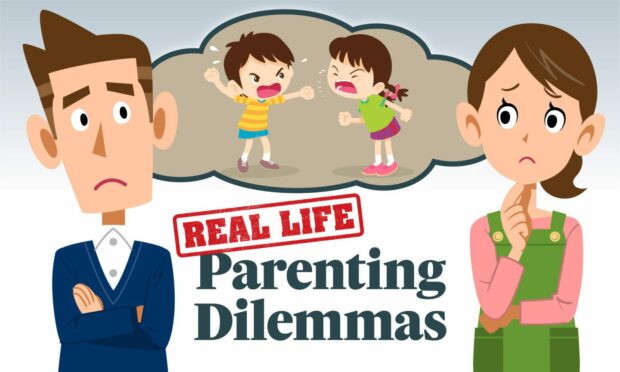


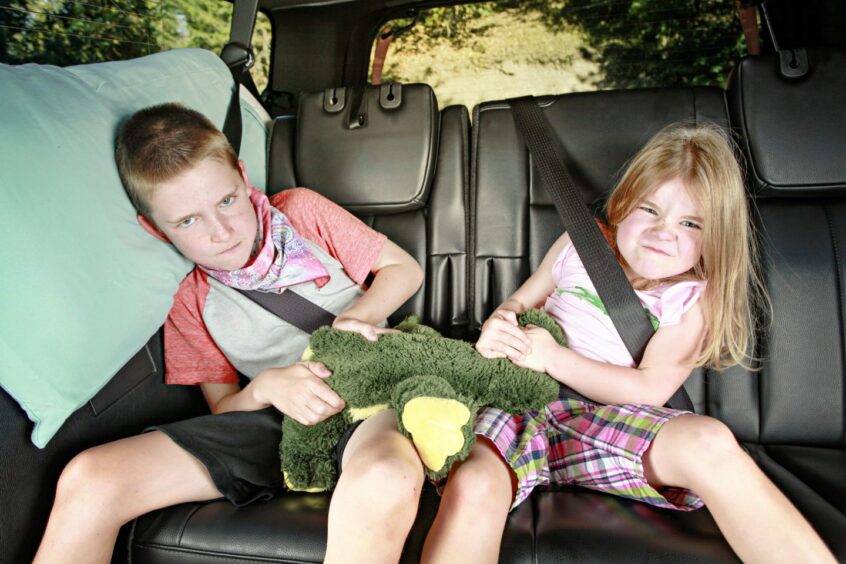
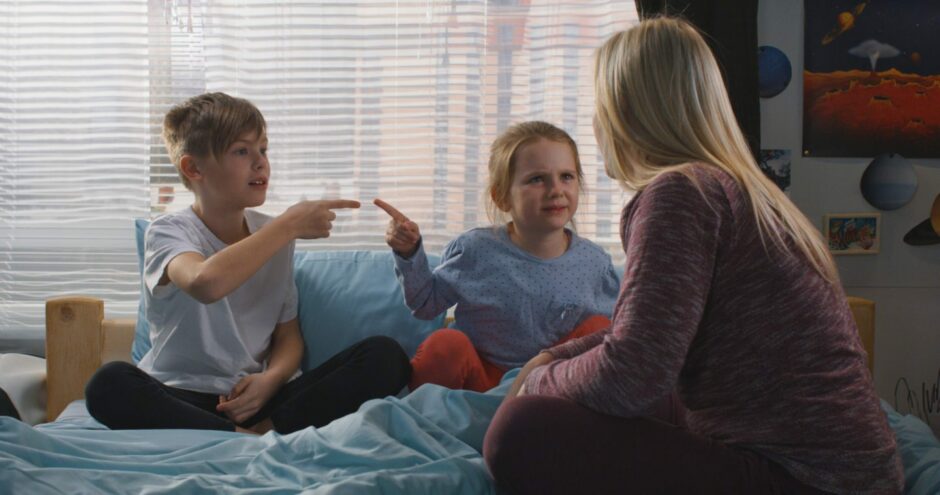
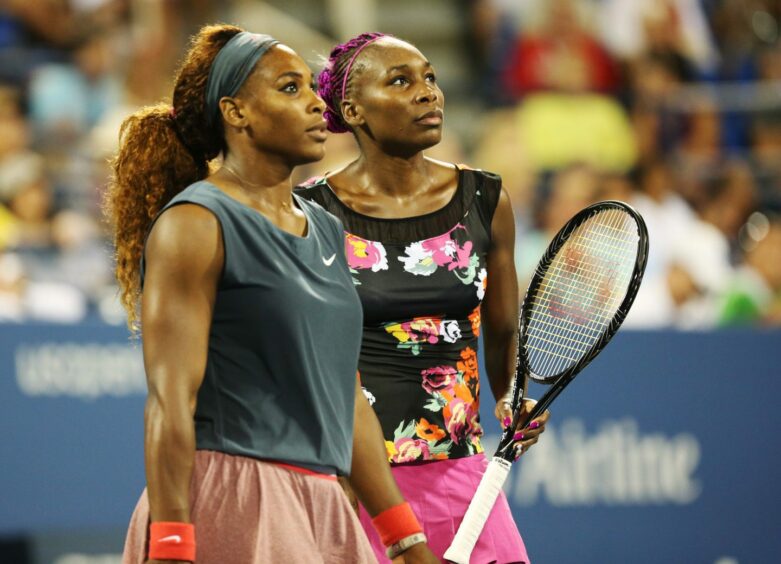
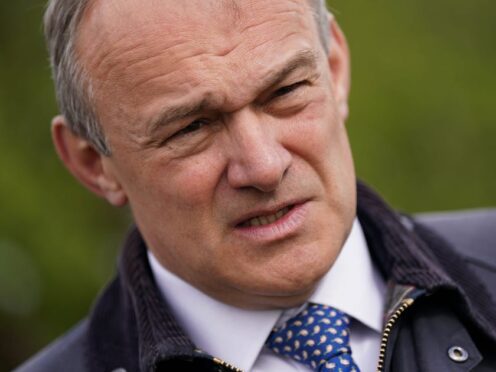
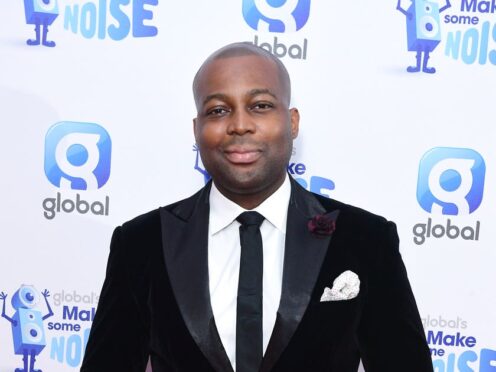
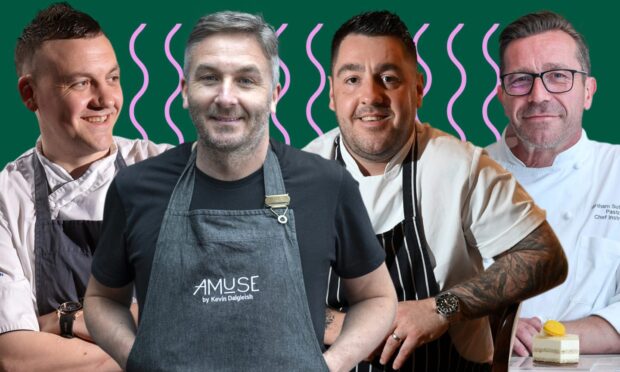
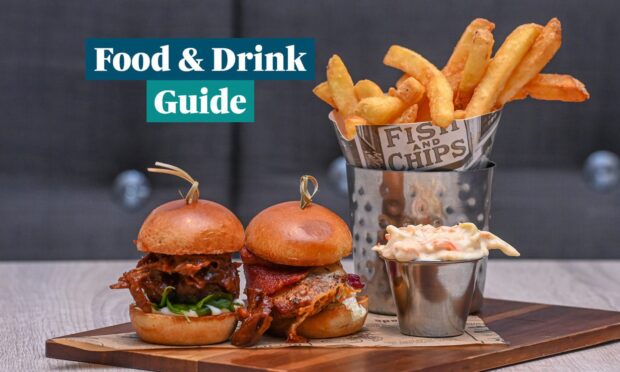

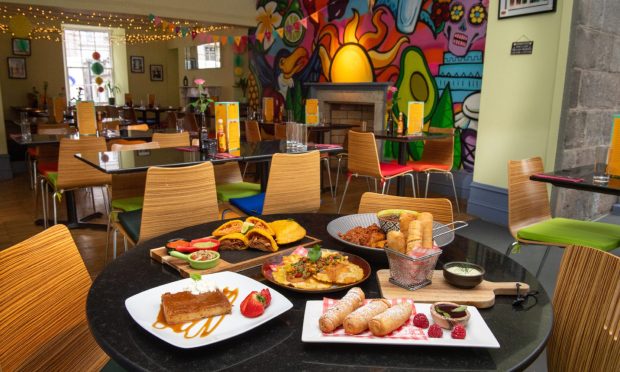

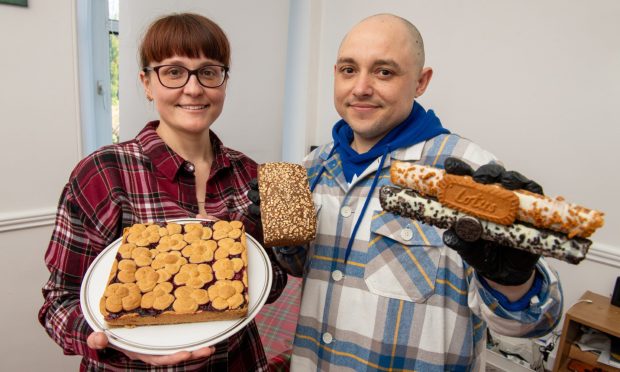


Conversation